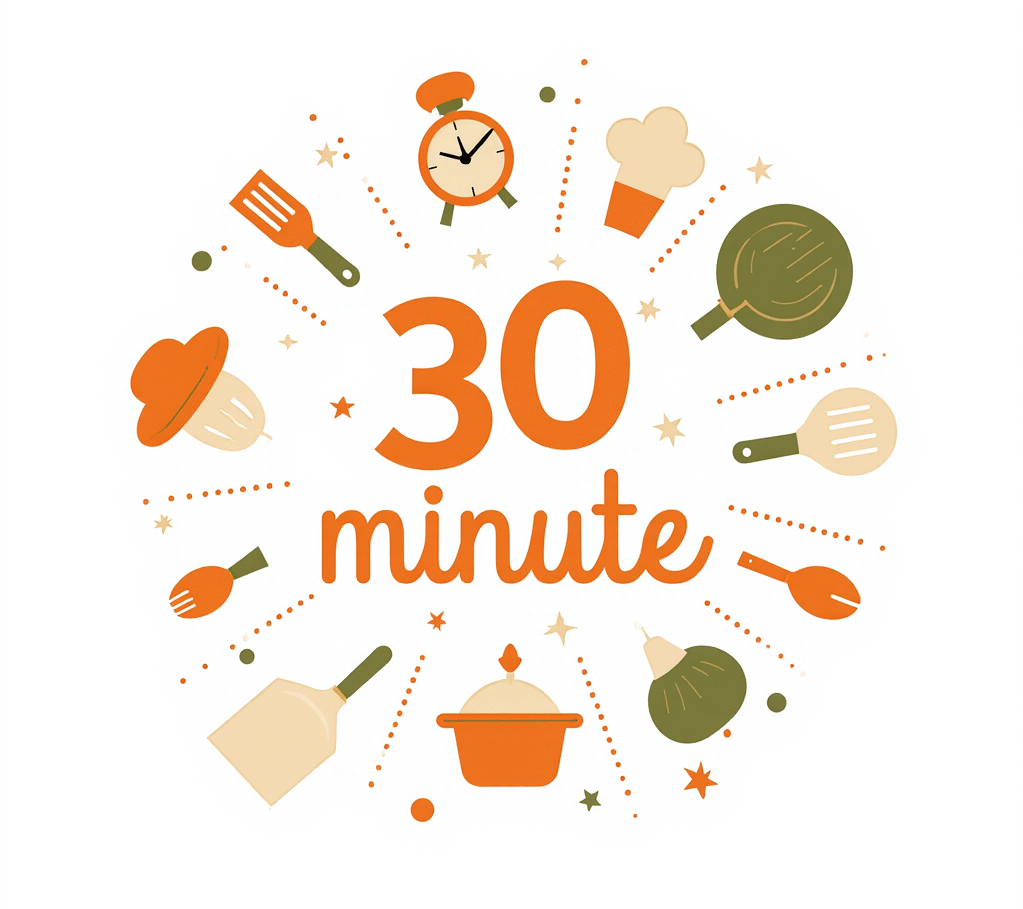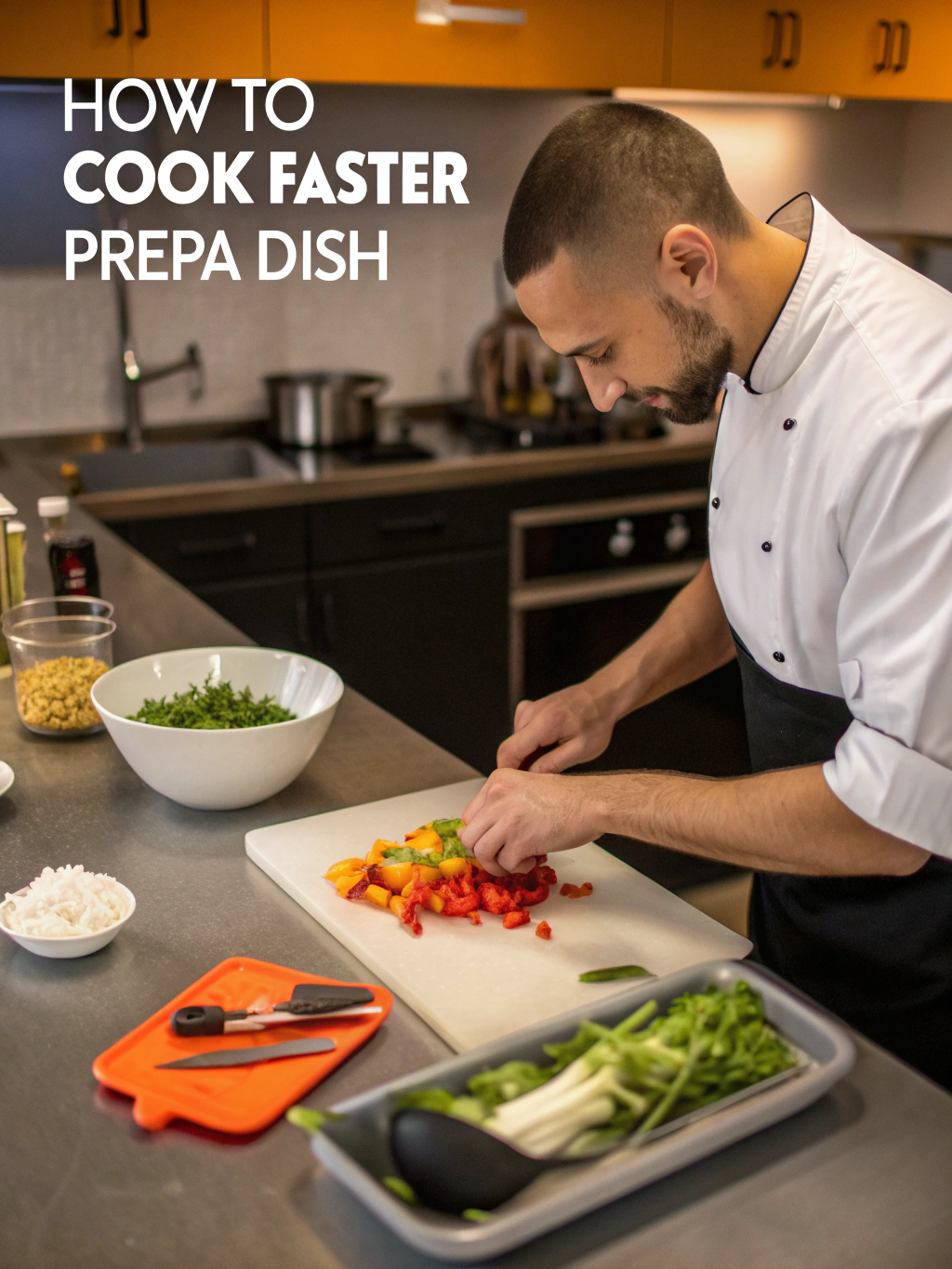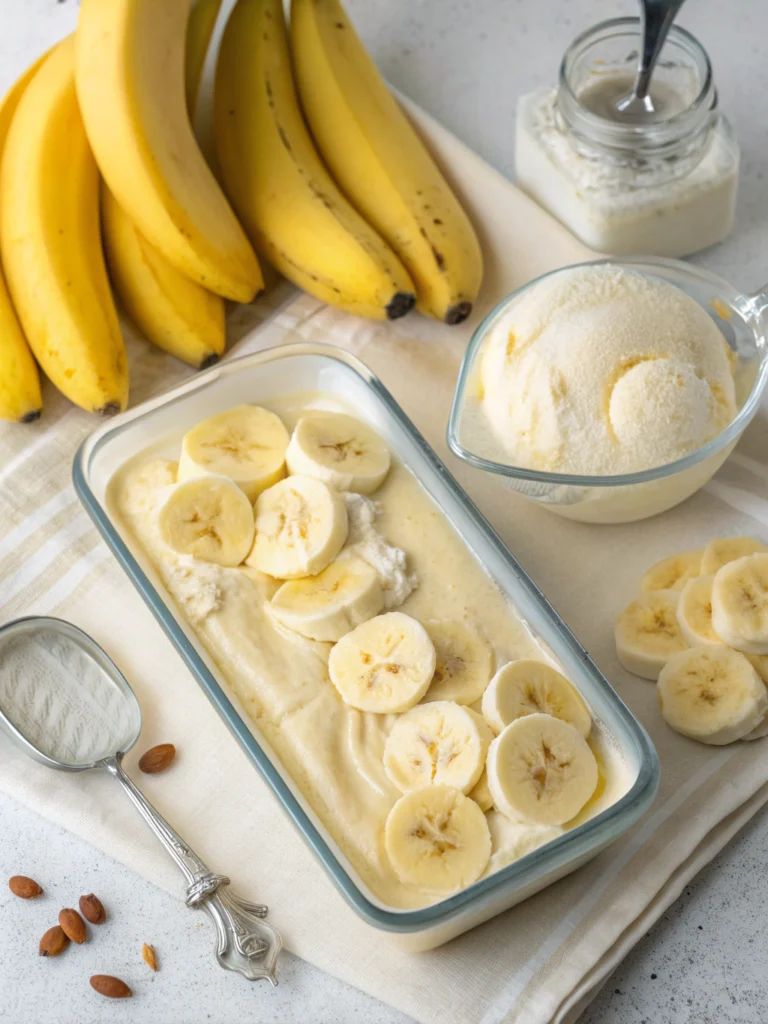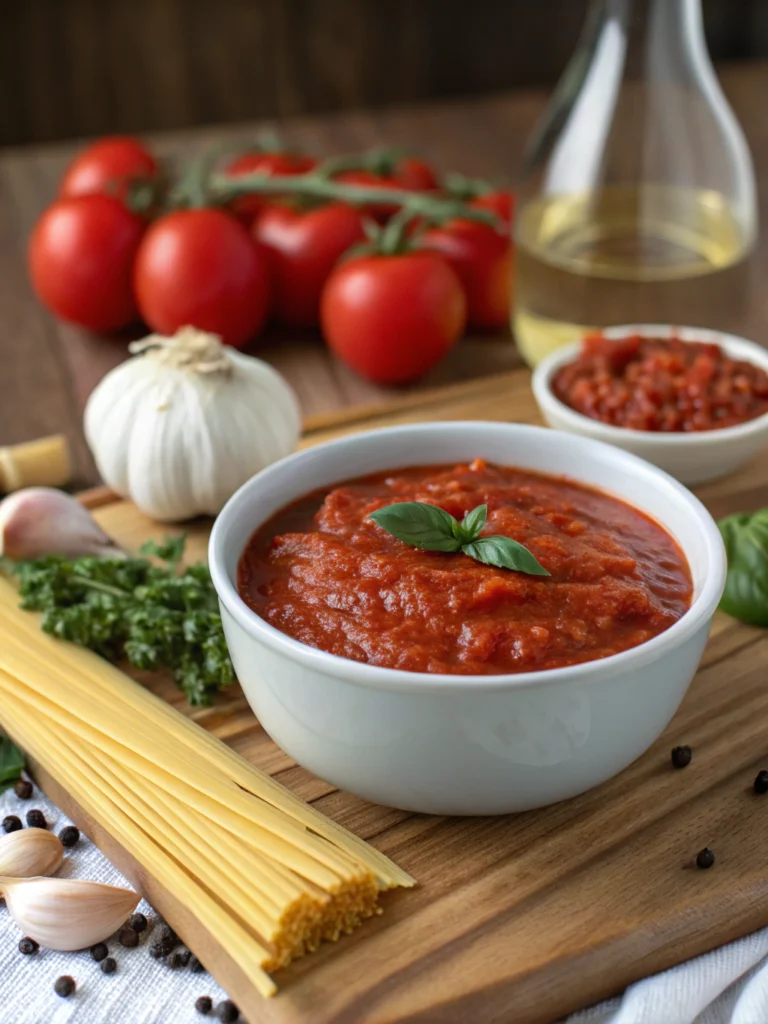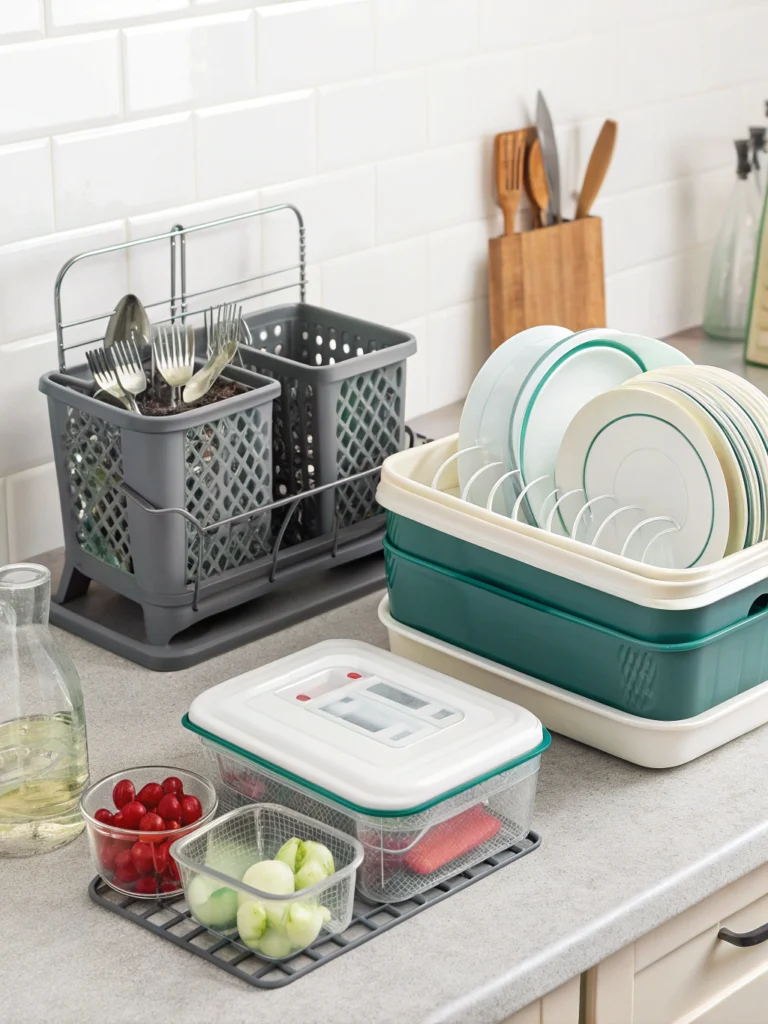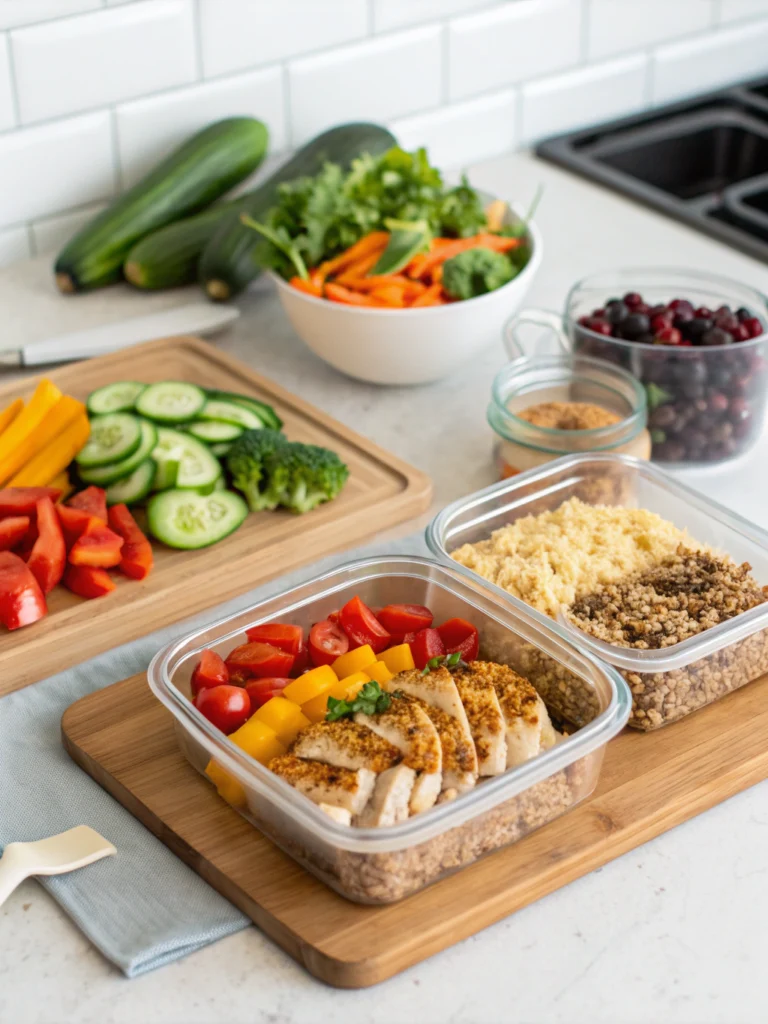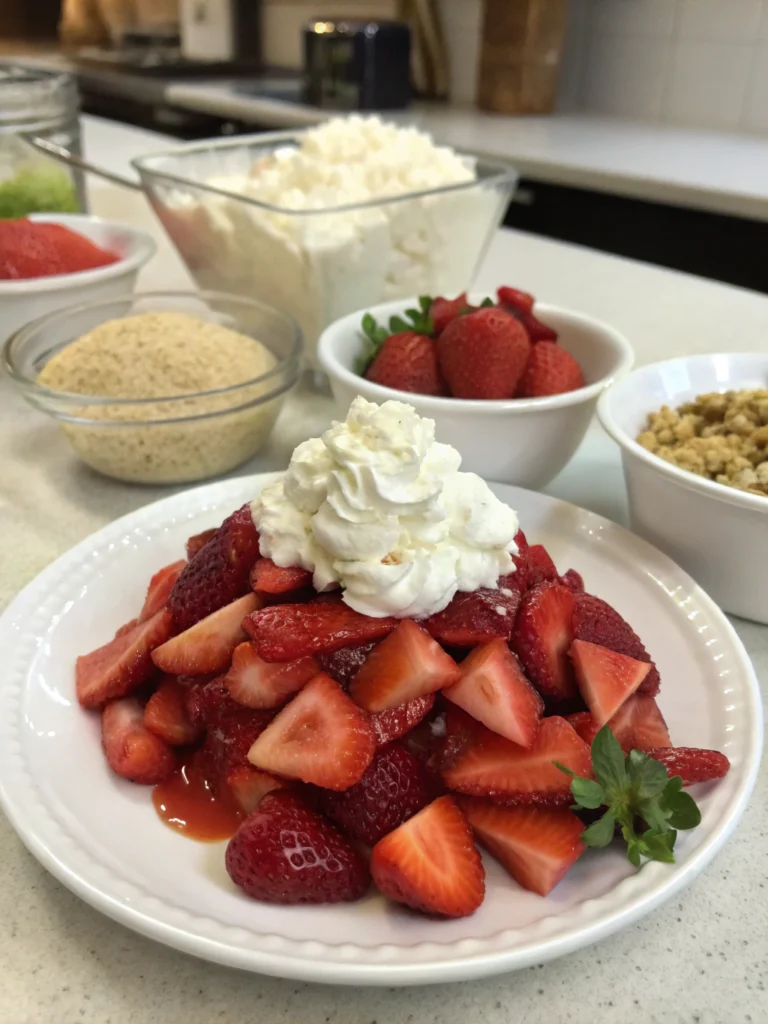10 Pro Tricks to Make Any Recipe Faster (30-Min Guide)
Table of Contents
Introduction
Ever wondered why professional chefs can prepare a gourmet meal in half the time it takes you to make pasta? The secret isn’t just experience—it’s strategy. According to a recent culinary survey, home cooks spend an average of 60 minutes preparing dinner, while professional chefs can execute the same recipes in just 30 minutes. Learning how to cook faster isn’t about rushing; it’s about efficiency. Whether you’re a busy parent or simply hungry after work, these professional-grade techniques will revolutionize your kitchen workflow and cut your cooking time dramatically.
Ingredients List
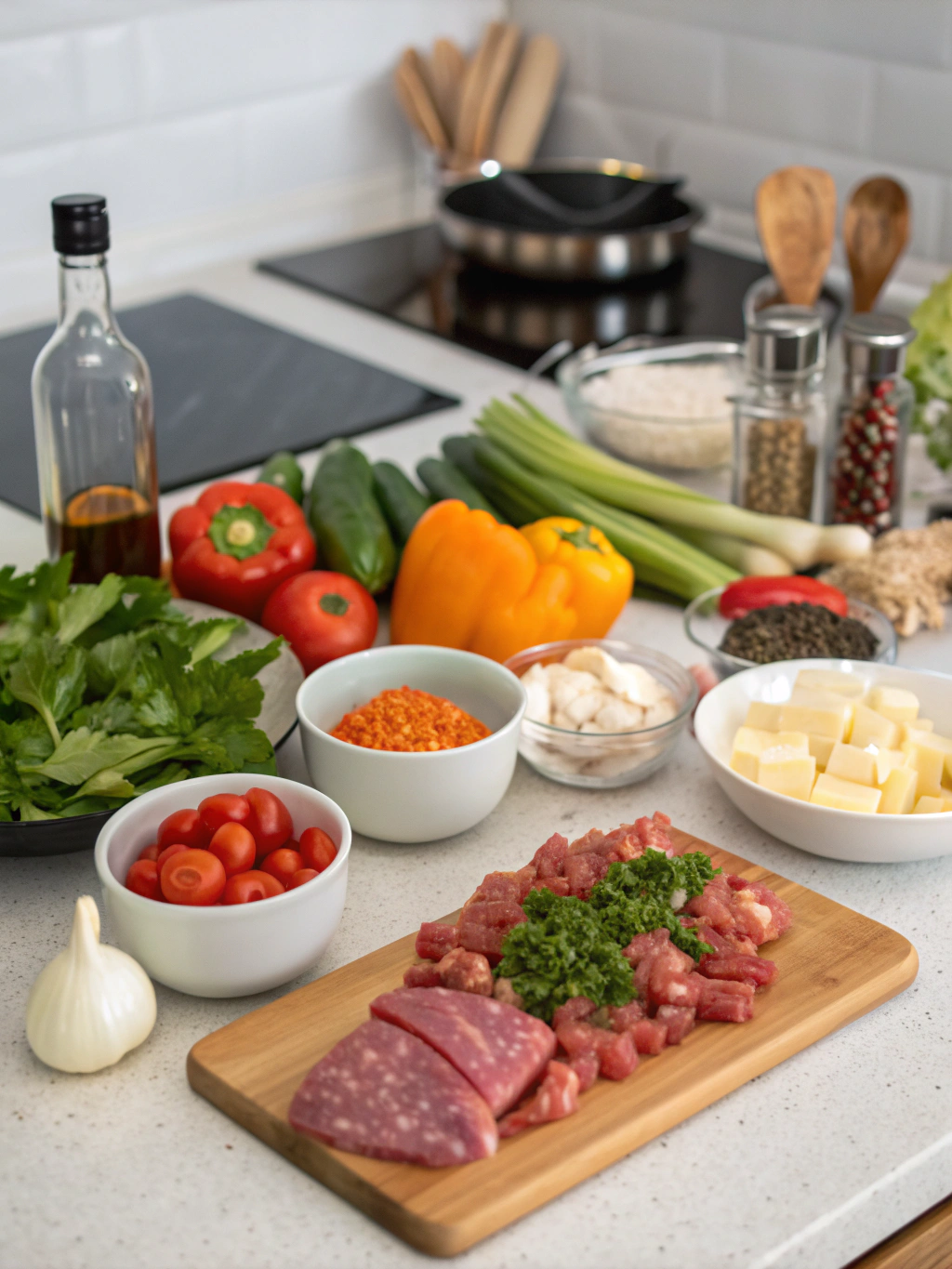
- Kitchen timer or smartphone timer app
- Sharp chef’s knife (8-inch recommended)
- Large cutting board (at least 15 x 20 inches)
- Mise en place bowls (small prep bowls)
- Instant-read thermometer
- Microplane grater/zester
- Food processor or mini chopper
- Parchment paper or silicone baking mats
- Kitchen scissors
- Electric pressure cooker (optional but recommended)
Substitutions: No food processor? A blender can work for many applications. Regular bowls can replace mise en place bowls. Regular grater can substitute for a microplane, though with less efficiency.
Timing
- Prep Time: 5-10 minutes for organization
- Implementation Time: 20-25 minutes
- Total Time: 30 minutes (compared to the average 60-minute cooking time—a 50% reduction!)
These strategies, when properly implemented, can save you up to 180 hours of kitchen time annually—that’s over a week of your life reclaimed!
Step-by-Step Instructions
Step 1: Master the Art of Mise en Place
Professional chefs don’t start cooking until everything is prepped and organized. Gather all ingredients, measure them out, and arrange them in order of use. Studies show this simple practice reduces cooking time by up to 30%. Place small ingredients in prep bowls and larger ones on plates. This eliminates the frantic cabinet-searching mid-recipe and prevents cooking errors when things heat up.
Step 2: Sharpen Your Knife Skills
Learning how to cook faster begins with proper knife techniques. A sharp knife not only speeds up prep but also enhances safety. Practice professional cutting methods: the claw grip (fingers tucked under) and the pinch grip (thumb and index finger pinching the blade). For vegetables, learn the “rock chop” technique—keeping the tip of the knife on the cutting board and rocking the blade forward. This can reduce vegetable prep time by up to 40%.
Step 3: Utilize One-Pot Cooking Methods
One-pot meals dramatically reduce both active cooking time and cleanup. Electric pressure cookers can reduce cooking time by up to 70% compared to traditional methods. For example, dried beans that normally take 2 hours can be ready in 30 minutes. Stir-fries, sheet pan dinners, and skillet meals also maximize efficiency by cooking multiple components simultaneously.
Step 4: Embrace Strategic Multitasking
The key to kitchen efficiency isn’t doing everything at once—it’s identifying parallel tasks. While water boils, chop vegetables. While food bakes, prepare the sauce. Create a mental timeline of your recipe and fill passive cooking time with active preparation steps. Professional kitchens operate on this principle, maximizing every minute.
Step 5: Prep Ingredients in Order of Cooking Time
Organize your workflow by prepping ingredients that take longest to cook first. Begin with proteins that require marinating or items that need refrigeration time. Next, handle vegetables that require longer cooking times (root vegetables, dense greens). Save quick-cooking items like herbs and garnishes for last. This sequential approach ensures nothing sits idle while you’re rushing to prepare the next component.
Step 6: Master Batch Preparation
When chopping onions, chop extra for future meals. When cooking grains, double the recipe and refrigerate half. This “cook once, eat twice” strategy can reduce weekly cooking time by 25%. Store prepped items in clear containers at eye level in your refrigerator to encourage quick meal assembly on busy nights.
Step 7: Use Kitchen Tools Strategically
Food processors can chop vegetables in seconds compared to minutes by hand. Microplane zesters extract maximum flavor from citrus and spices with minimal effort. Immersion blenders purée soups directly in the pot, eliminating transfer steps. Invest in tools that address your specific cooking bottlenecks—the right tool can reduce specific tasks by 50-80%.
Step 8: Perfect the Water Boiling Workflow
Don’t watch water boil. Start with hot tap water, use a lid, and add salt only after boiling (salt can extend boiling time). While waiting, complete other prep work. For even faster results, electric kettles boil water in half the time of stovetops and can be used for partial heating before transferring to pots.
Step 9: Leverage Your Freezer Strategically
Prepare freezer-friendly components like soup bases, sauces, and marinated proteins in bulk. Freeze portions flat in zip-top bags for quick thawing. Label everything clearly with contents and date. This approach turns future meals from hour-long affairs into 15-minute reheating sessions.
Step 10: Practice Recipe Simplification
Analyze recipes for unnecessary steps. Many garnishes are optional. Multiple spices can often be replaced with quality pre-blended mixes. Some marinades can be shortened without significant flavor loss. Learn to identify which elements contribute essential flavors versus those adding marginal benefits, and streamline accordingly.
Nutritional Information
These time-saving methods generally preserve nutritional content while reducing cooking fatigue. Studies show that pressure cooking retains up to 90% of water-soluble vitamins compared to 40-60% with conventional boiling. Quick-cooking methods like stir-frying and steaming also preserve nutrients better than longer cooking processes.
Healthier Alternatives for the Recipe
- Replace manual chopping with food processor work for more consistent results and less fatigue
- Substitute single-use tools with versatile alternatives (chef’s knife instead of gadgets)
- Consider microwave steaming for vegetables (retains 20% more nutrients than boiling)
- Use parchment paper instead of greasing pans to reduce fat and cleanup time
- Embrace one-pot meals to reduce dishes without sacrificing nutrition
Serving Suggestions
- Pair these efficiency techniques with simple side dishes like pre-washed salad greens
- Complement quick-cooked proteins with make-ahead sauces that improve with time
- Balance speed cooking with slow elements—pair quick sautéed proteins with batch-cooked grains
- Use garnishes strategically (a sprinkle of fresh herbs can elevate a simple dish)
- Create “speed cooking stations” in your kitchen with frequently used tools within arm’s reach
Common Mistakes to Avoid
- Starting with a messy kitchen: Clean as you go rather than facing a mountain of dishes later. A clear workspace increases efficiency by 25%.
- Neglecting knife maintenance: Dull knives slow you down and increase injury risk. Sharpen regularly.
- Overcrowding pans: This reduces temperature and creates steam, extending cooking time by up to 15 minutes.
- Ignoring recipe sequencing: Read recipes fully before starting to identify optimal workflow.
- Attempting new techniques during time-sensitive situations: Practice efficiency methods when you’re not rushed.
- Overcomplicating meals: On busy nights, aim for “good enough” rather than perfection.
Storing Tips for the Recipe
- Store prepped vegetables in airtight containers with paper towels to absorb moisture
- Refrigerate chopped aromatics like onions and garlic in sealed containers for 3-4 days
- Freeze herbs in ice cube trays with olive oil for instant flavor bombs
- Label all prepped ingredients with preparation dates
- Store frequently used spices in accessible locations rather than alphabetically
- Position time-saving tools front and center in kitchen drawers, not hidden away
Conclusion
Mastering how to cook faster doesn’t happen overnight, but implementing even a few of these professional techniques can dramatically reduce your time in the kitchen. Start with the strategies that address your personal cooking bottlenecks. Remember, the goal isn’t just speed—it’s reclaiming your time while still enjoying delicious, home-cooked meals. Which of these techniques will you try first? Your 30-minute cooking revolution begins now.
FAQs
Q: Will cooking faster compromise the flavor of my meals?
A: Not at all. Many professional techniques actually enhance flavor through proper heat management and ingredient preparation. The focus is on efficiency, not cutting corners.
Q: Do I need expensive equipment to implement these strategies?
A: While some tools like food processors can help, the most impactful techniques—mise en place, knife skills, and workflow planning—require no special equipment.
Q: How long does it take to see improvement in cooking speed?
A: Many cooks report 20-30% time savings immediately after implementing organization techniques. Knife skills and multitasking efficiency develop over several weeks of practice.
Q: Can these techniques work for complex recipes or just simple ones?
A: These strategies are even more valuable for complex recipes. Professional kitchens use these exact methods to execute elaborate multi-component dishes efficiently.
Q: Is it worth meal prepping if I only cook for one or two people?
A: Absolutely. Smaller households often benefit most from batch cooking, as it eliminates the inefficiency of daily small-batch preparation.
